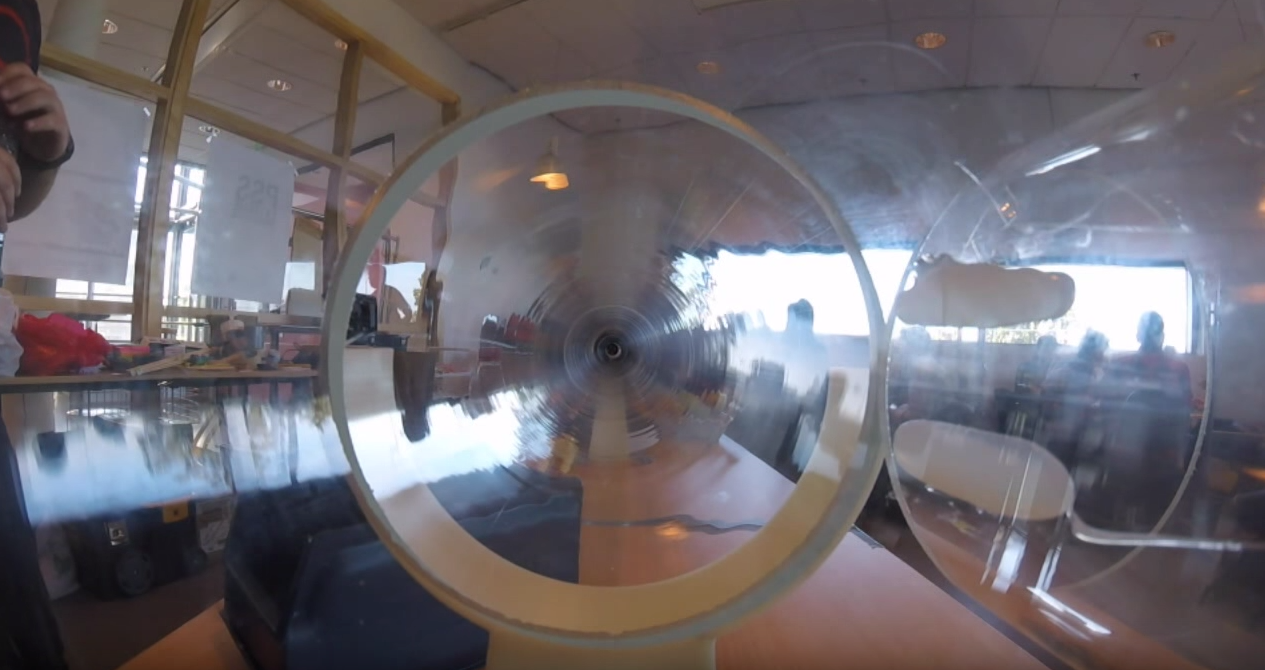
White paper on measuring innovation team capability, with industrial cases.
How do we know that we are innovative? This question was asked by a manager of a software development team with the explicit responsibility of creating and analyzing innovative product features before actual product development projects are started. Similar questions have been raised in many other organizations as innovation has gone from being some- thing ‘nice to have’ to representing an essential necessity for profitability and survival.
IN BRIEF
Experience constantly tells us that “What is measured, gets done!”. However when it comes to innovation the measurement indicators available are rarely useful. The classical indicators are made for follow-up at best (e.g. number of patents or ideas) while indicators used for driving innovative activities are absent. When developing products and services for a marketplace it is important for any organization to create innovative features and solutions in order to achieve an advantage over its competitors.
This article focuses on the assessment of innovation capability at team level in relation to the processes which takes place before actual product development projects are decided; when new business models, technological opportunities and intellectual property rights are created and investigated.
A measurement framework called MINT (Measuring Innovation Capability in Teams) is provided, focusing on four areas: innovation elicitation, selection, impact and ways of working. For each area, candidate measurement indicators are provided to be used as inspiration in the development of a tailored measurement program.
It is important to characterize not only what is easily measurable, but also aspects which are inherently subjective and difficult to describe quantatively. Candidate measurement indicators thus include examples of both hard numbers and soft, subjective judgments. The MINT framework has been developed mainly for teams responsible for innovation within various organizations but may also be of inspiration for departments and divisions aiming for increased innovation capabilities.
IN PRACTICE
The MedTech company had recently stated its mission to catch up with market leading competitors when the MINT framework was introduced to it. Although the methodology was really in its initial phase the com- pany was brave enough to try it. Today it has extended its measuring of innovation to include not only results but also actions. The MedTech company applied the framework in one R&D division in the company and utilized it at its best: to include team members in the process of identifying indicators which relate to actual improvements in innovation processes at the division.
A workshop was performed, indicators were suggested. These indicators were processed, taking into account the fact that indicators should not only reflect needs identified for improvement but also that indicators should be measurable and numbers of indicators should be limited. Thereafter, a measurement system was outlined. Indicators such as Number of invention disclosures and Number of patents were complement- ed by indicators such as Number of innovation teams, Number projects failed, and Individual time on innovation work. Today, these indicators are goals set on a yearly basis and measured quarterly. Every quarter the actual outcome is analyzed in relation to the goal and actions forward are outlined.
Keywords
- Innovation capability, measuring, teams.
Reference
- Nilsson, F., B. Regnell, T. Larsson, S. Ritzén (2010). Measuring for Innovation – A guide for innovative teams. In: Applied Innovation Management, no 2, 2010.
More information
- Measuring for Innovation – A Guide for Innovative Teams
- Welcome to the Workshop on Measuring for Innovation
Download
- Buy white paper from InnovationManagement.se: http://www.innovationmanagement.se/2011/10/10/measuring-for-innovation%E2%80%93a-guide-for-innovative-teams/





